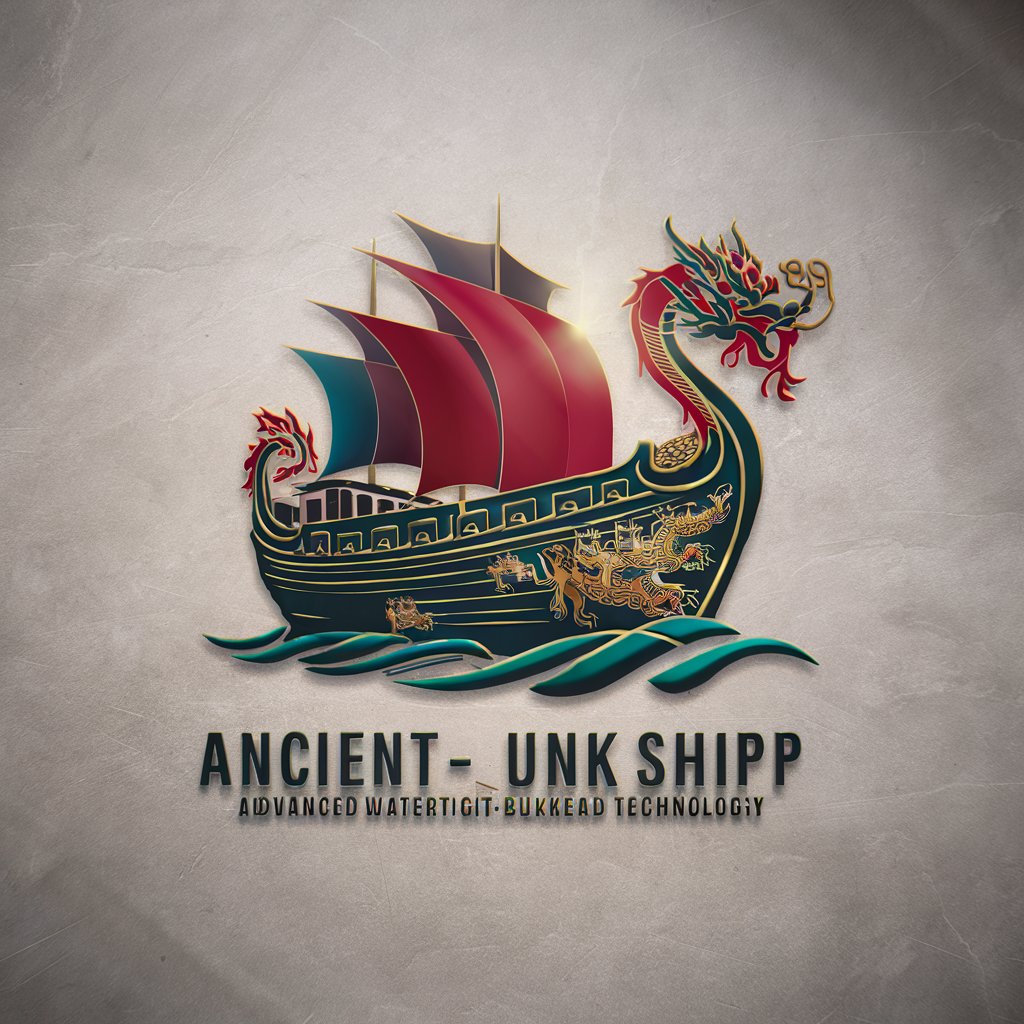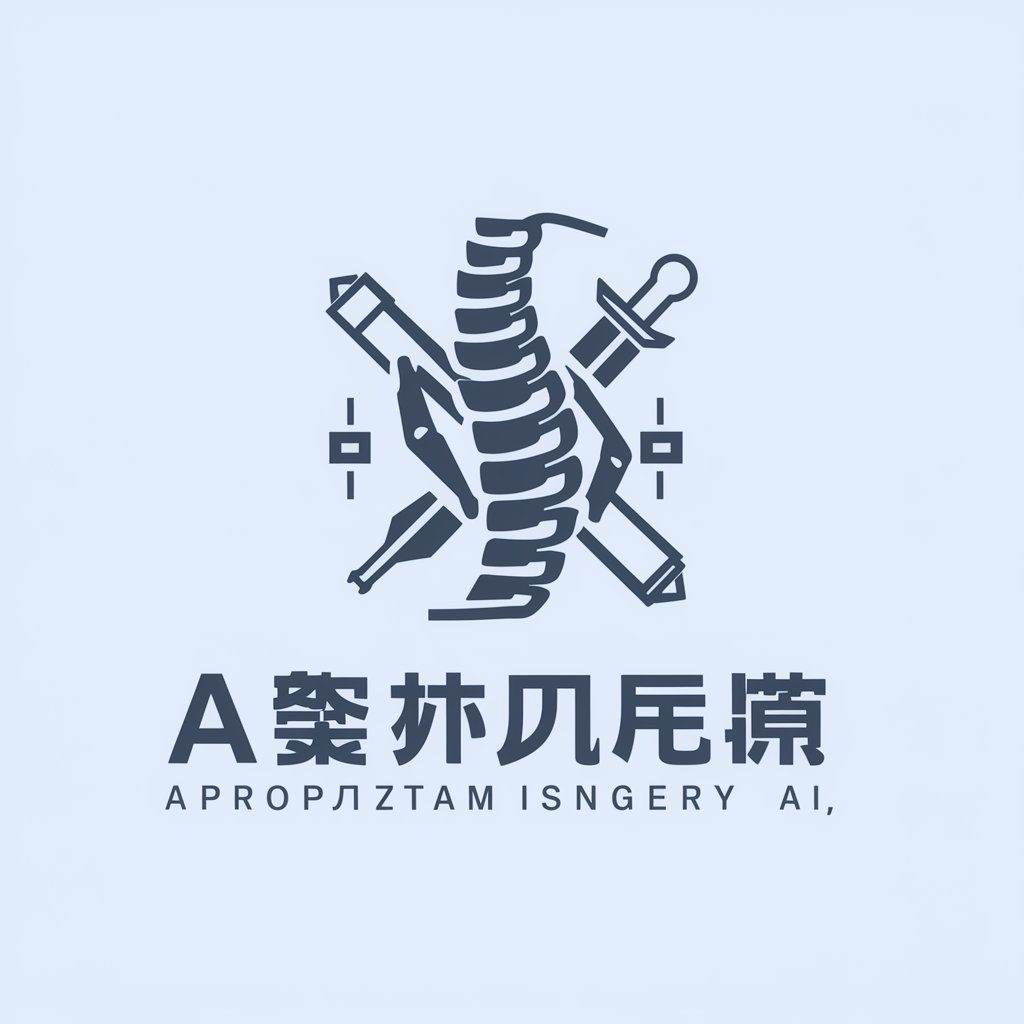Watertight-bulkhead technology of Chinese junks - Insight into Ancient Maritime Tech

Welcome! Dive into the world of Chinese maritime innovation.
Reviving Ancient Shipbuilding Wisdom
Tell me about the history and significance of watertight bulkheads in Chinese junks.
Explain how watertight bulkheads work in traditional Chinese junk ships.
What are the advantages of watertight bulkhead technology in ancient maritime engineering?
Describe the influence of Chinese watertight bulkhead technology on modern shipbuilding.
Get Embed Code
Watertight-Bulkhead Technology of Chinese Junks
The watertight-bulkhead technology of Chinese junks represents a sophisticated ancient naval architecture technique used in the construction of these traditional Chinese sailing ships. This technology involves the division of the ship's hull into several separate compartments or bulkheads. If one compartment becomes flooded, the water is confined to that compartment, reducing the risk of sinking. The design not only enhances the ship's safety and durability but also improves its navigational capabilities in challenging sea conditions. For example, during long voyages across the South China Sea, junks equipped with this technology demonstrated remarkable resilience against leaks and hull breaches caused by rough waves or collisions with floating debris. Powered by ChatGPT-4o。

Functions and Applications of Watertight-Bulkhead Technology
Enhanced Safety
Example
Preventing sinking after hull damage
Scenario
In a scenario where a Chinese junk encounters a submerged rock, causing a breach in the hull, the watertight-bulkhead technology confines the incoming water to a single compartment. This localization of damage maintains the vessel's buoyancy and allows it to continue its voyage or reach the safety of a nearby port for repairs.
Improved Load Distribution
Example
Balancing cargo weight
Scenario
The segmentation of the ship's interior allows for more effective distribution of cargo weight. This is particularly useful in scenarios where junks transport uneven loads, ensuring stability and preventing capsizing. For instance, heavy cargo can be evenly distributed across several compartments, maintaining the ship's balance during turbulent sea conditions.
Facilitated Maintenance and Repair
Example
Isolation for easy repair
Scenario
The compartmentalized design simplifies maintenance and repair activities. In cases where a section of the hull is damaged by sea pests or wear, the affected compartment can be isolated for targeted repairs without necessitating a complete overhaul of the vessel. This feature is especially beneficial during long voyages, where access to shipyard facilities is limited.
Target User Groups for Watertight-Bulkhead Technology
Maritime Explorers
Explorers embarking on long-distance voyages across uncharted waters benefit greatly from the enhanced safety and reliability offered by watertight-bulkhead technology. This technology provides an added layer of security against unforeseen maritime hazards.
Commercial Shipping Operators
Operators engaged in the transportation of goods across seas find the technology invaluable for its ability to ensure the stability and safety of their cargo. The improved load distribution capabilities and the minimized risk of cargo loss due to compartmentalized flooding make it an essential feature for commercial maritime activities.
Naval Architects and Shipbuilders
This group benefits from the insights and principles derived from ancient watertight-bulkhead technology, applying these concepts to modern shipbuilding. The technology serves as a testament to ancient maritime engineering prowess and continues to inspire innovation in contemporary naval architecture.

Using Watertight-Bulkhead Technology in Chinese Junks
Initial Research
Start by conducting thorough research on traditional Chinese shipbuilding techniques, particularly focusing on the design and function of watertight bulkheads. Resources include academic papers, maritime museums, and historical shipbuilding texts.
Design Planning
Plan the ship's design to determine the number, size, and placement of bulkheads. The goal is to balance the ship's structural integrity, buoyancy, and safety.
Material Selection
Select appropriate materials for bulkhead construction, traditionally wood, but modern interpretations might use updated materials. Consider durability, weight, and resistance to water.
Construction
During the ship's construction, integrate the bulkheads into the hull. This requires precise craftsmanship to ensure that each compartment is watertight and the overall structure is sound.
Testing and Maintenance
After construction, test the ship's watertight compartments for integrity. Regular maintenance is necessary to ensure the bulkheads remain watertight over time.
Try other advanced and practical GPTs
Wangchuan
Discover China: AI-Powered Insights

船舰识别领域专家 - Dr. 米歇尔
Revolutionizing naval ship recognition with AI.

大路朝西
Empowering Chinese Immigrants with AI

【精准】卡路里计算
AI-powered Caloric Insight for Every Bite

通往AGI之路
Empowering your AI journey with every click.

十字路口
Navigate and Publish Online, Effortlessly.

おっと!ハリー船長が現れた!
Engage with AI, Kansai-style!

小船
Empowering Conversations with AI

小船(破解版)
Empowering creativity and information freedom.

优云康脊柱外科机器人
Empowering spinal health with AI insights

腰の痛み専門ガイドbot
Navigate lumbar pain with AI-powered guidance.

故事织梦者
Crafting Magical Stories with AI

Q&A on Watertight-Bulkhead Technology of Chinese Junks
What is watertight-bulkhead technology?
It's a shipbuilding technique developed in ancient China, creating watertight compartments within the hull to enhance buoyancy and structural integrity, significantly improving safety.
Why were watertight bulkheads important in ancient Chinese junks?
They increased the ship's survivability by preventing it from sinking if part of the hull was breached, making them more resilient to damage and suitable for long voyages.
How did the construction of watertight bulkheads differ from other shipbuilding methods?
Chinese shipbuilders integrated multiple independent compartments into the hull, a contrast to the single hull design common in other traditions, allowing for better damage control.
Can modern ships benefit from ancient watertight-bulkhead technology?
Yes, the fundamental concept of dividing the hull into watertight compartments is a standard safety feature in modern shipbuilding, reflecting the enduring value of this ancient technology.
How are watertight bulkheads tested for integrity?
Historically, testing methods would have been rudimentary, focusing on physical inspection and experience. Modern ships use sophisticated techniques, including pressure testing and ultrasonic scans, to ensure compartmental integrity.
